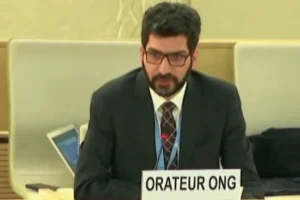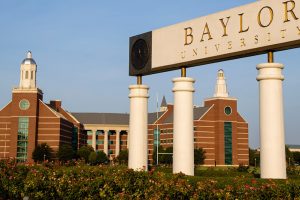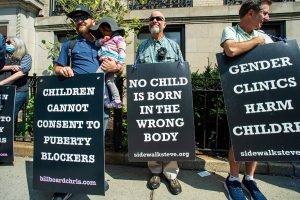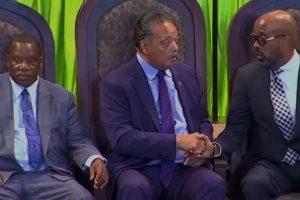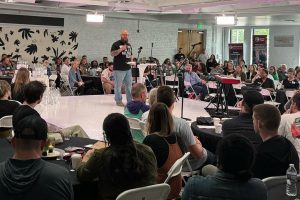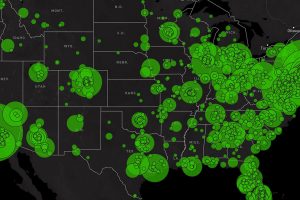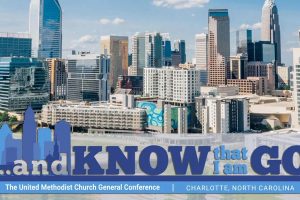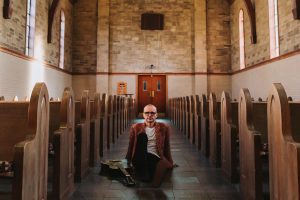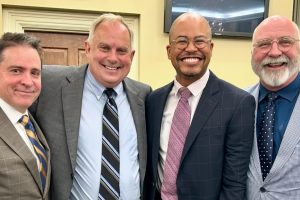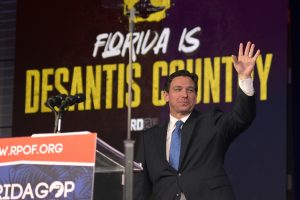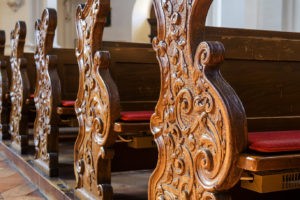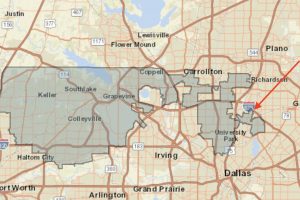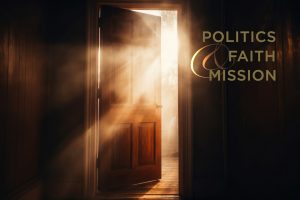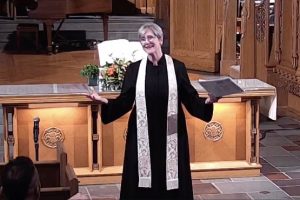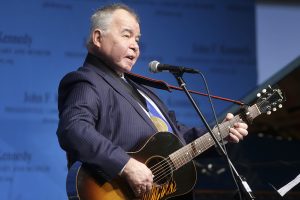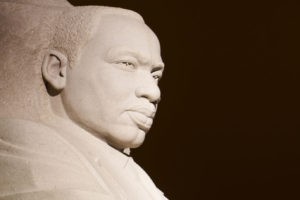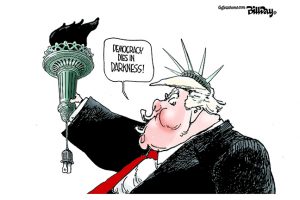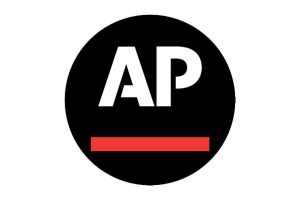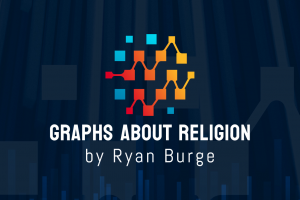Many U.S. churches jumped at the chance to utilize the Payroll Protection Program, or PPP, to cover payroll costs and benefits during the darkest stretch of the COVID-19 pandemic.
But fewer congregations and other nonprofit organizations have been as quick to tap into an additional provision of the CARES Act of 2020, designed to maintain staffing levels during challenging economic times.

Rickey Letson
“While PPP captured the attention of lots of churches, another similar program called the Employee Retention Credit, or ERC, was introduced in early 2020,” Rickey Letson, congregational stewardship officer for the Cooperative Baptist Fellowship, explained in a CBF Blog post. “The ERC, however, is not nearly as widely known among congregations.”
Churches aren’t the only organizations unaware of the benefit, Forbes reported.
“The IRS management anticipated that approximately 70%-80% of small and medium businesses (as well as tens of thousands of charities) were good candidates for taking the ERC,” the magazine noted. “The reality is — to date the actual numbers of businesses and charities applying for the ERC — is far below that. Small and medium businesses (as well as tax-exempts/charities) are leaving billions of dollars on the table.”
In response, denominational groups, faith-based publications, and business and accounting organizations have flooded the web and social media with videos, webinars and articles to boost awareness of the tax credit.
Employers can file for as much as 70% of qualifying wages for each nonclergy employee who worked at least 30 hours a week during the first three quarters of 2021.
For CBF and its affiliated churches and partners, Letson offered a nuts-and-bolts explanation of the program and how congregations can use it.
“The ERC is a refundable credit that nonprofits, just like for-profit businesses, can claim on qualifying wages, including certain health insurance costs that are paid to employees,” Letson explained. “Like PPP, churches qualify to apply for the ERC and can do so even if they were awarded funds by the Payroll Protection Program. The ERC is the result of multiple pieces of legislation, and requires unique, individual analysis to determine its availability to each organization.”
Employers can file for as much as 70% of qualifying wages for each nonclergy employee who worked at least 30 hours a week during the first three quarters of 2021, he said.
“Some health expenses qualify as well,” he added. “It’s easy to see how substantial sums can quickly add up in even a small church with only a few qualifying employees.”
To qualify, churches must either have experienced government-forced suspensions of activities or services, or they must have suffered revenue reductions of 20% or more.
Clergy salaries and benefits do not apply, Letson explained.
“This is due to housing allowances and the unique FICA elements of clergy compensation,” he noted. “Having said that, in a church scenario, even if clergy are excluded, other nonclergy staff are most likely eligible.”
In its report, Forbes sought to dispel the notion that the credit is designed exclusively for companies and nonprofits experiencing the worst of hardships.
“Some business owners and charity managers wrongly think ERC is only for entities that are in distress/under water. No,” the magazine said. “Congress viewed this provision as a means of encouraging businesses and charities to retain employees and hire new employees — helping to weather the economic hardships and costs brought by Covid.”
“In the end, some churches may decide that filing for the ERC is worth pursuing. Other congregations may decide for a variety of reasons that this is not for them.” — Rickey Letson
But for churches, economic conditions are not necessarily the ultimate factor in deciding to use programs like PPP or ERC, Letson acknowledged in his report.
“The Payroll Protection Program … opened up a whole new world for many churches. For the first time in their existence, churches applied for and received forgivable government loans in the early days of COVID-19,” he said.
“Of course, there was a lot of debate about the ethics of congregations taking advantage of such a loan. Some churches felt comfortable participating in the program, and others did not. As Baptists, we affirm each congregation’s right to think through the elements of PPP and make the wisest decision for themselves.”
Similar considerations will apply for the ERC, Letson added.
“In the end, some churches may decide that filing for the ERC is worth pursuing. Other congregations may decide for a variety of reasons that this is not for them,” he said. “Our desire is simply to make you as church leaders aware of the existence of this particular tax credit which, like the PPP, is a direct result of these strange circumstances brought about by COVID-19.”
Related articles:
Churches: Take the PPP money and walk
As major employers, churches help the economy with PPP loans





